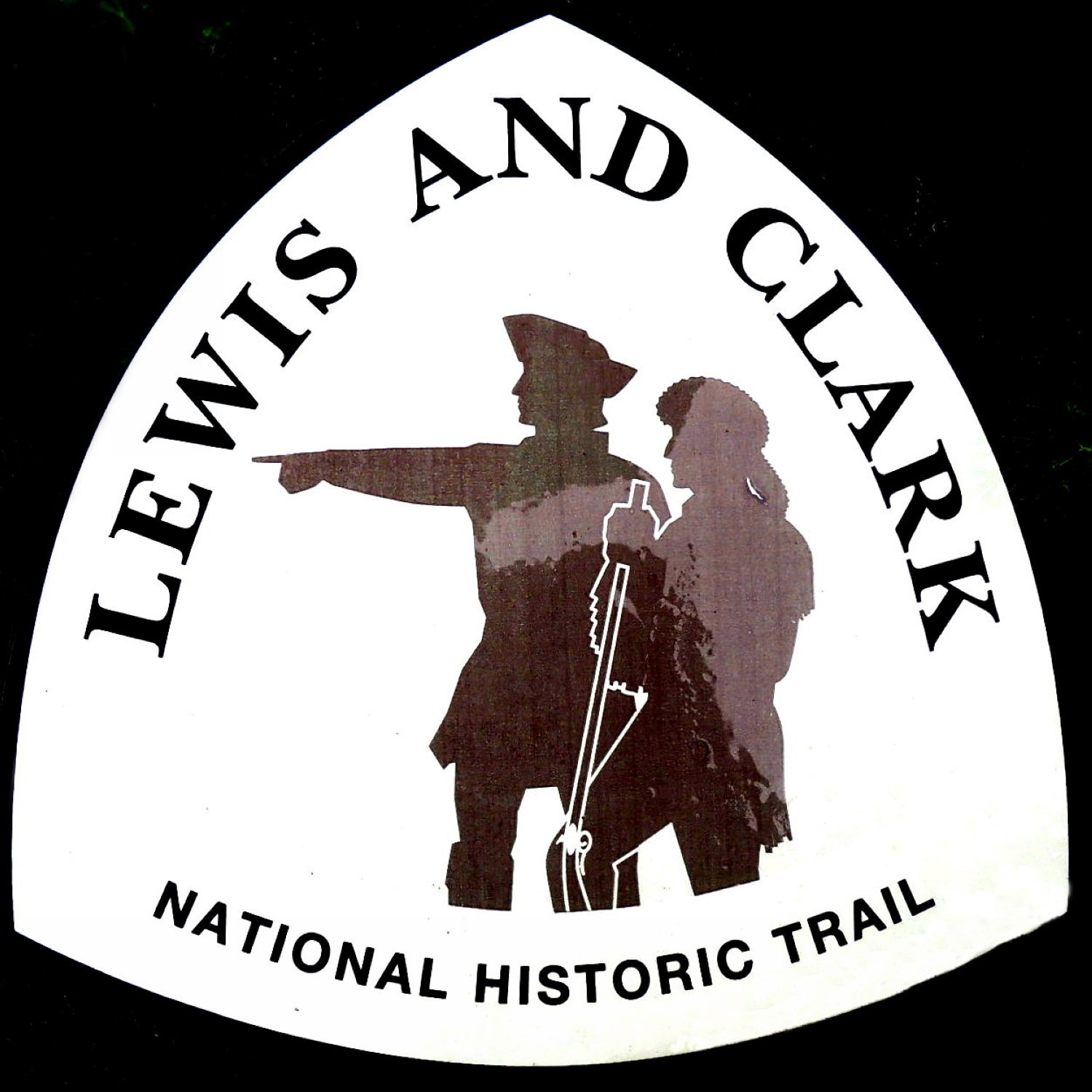Crazy Mountain Museum opened its doors in 1992 and hosts a festival each Memorial Day.
The Crazy Mountain Museum houses a collection of artifacts and exhibits range from archeological and geological finds to the Pioneer Room featuring early settlers and their families. Also featured is a replica of 1907 Big Timber, Jack Hines paintings of Sweet Grass County called Historic Crossroads, a replica Norwegian stabbur, a tipi, a one room schoolhouse, the widely-acclaimed gardens.
There are several signs along the garden paths that tell the history of Lewis and Clark.
 Lewis and Clark
Lewis and Clark
National Historic Trail
Big Timber, Montana

Sign:
During the 1806 return journey from the Pacific Ocean, Captains Meriwether Lewis and Willian Clark traveled separate routes to explore more territory. Captain Clark and ten men, together with Sacagawea and her infant son Jean Baptiste (called "Pomp" by Clark), traveled east on horseback down well-worn Indian and buffalo trails along the Yellowstone River's north side The party spent three days in present Sweet Grass County - hunting, making moccasins for the horses, and exploring.
(excerpts from Wm. Clark's journal presented chronologically:)
"Two of the horses was So lame owing to their feet being worn quit Smooth and to the quick, the hind feet was much worst. I had Mockersons made of green Buffalow Skin and put on their feet which Seams to relieve them very much in passing over the Stoney plains."
William Clark July 16, 1806
"Saw...two white or Grey Bears in the plains, one of them I Chased on horse back about 2 miles to the rigid part of the plain where I was compelled to give up the Chase."
William Clark July 16, 1806
"as we were about Setting out this morning two Buffalow Bulls came near our Camp. Several of the men Shot at one of them. their being near the river plunged in and Swam across to the opposit Side and their died."
William Clark July `8, 1806
"I saw a Single Pelicon which is the first which I have Seen on this river."
William Clark July 17, 1806
"I Saw on one of those Small bottoms which I passed this evening an Indian fort.... built of logs and bark. the Squaw informs me that when the war parties find themselves pursued they make those forts to defend themselves in from the pursuers whose Superior numbers might other wise over power them..."
William Clark July 17, 1806
Erected by Lewis and Clark National Historic Trail.